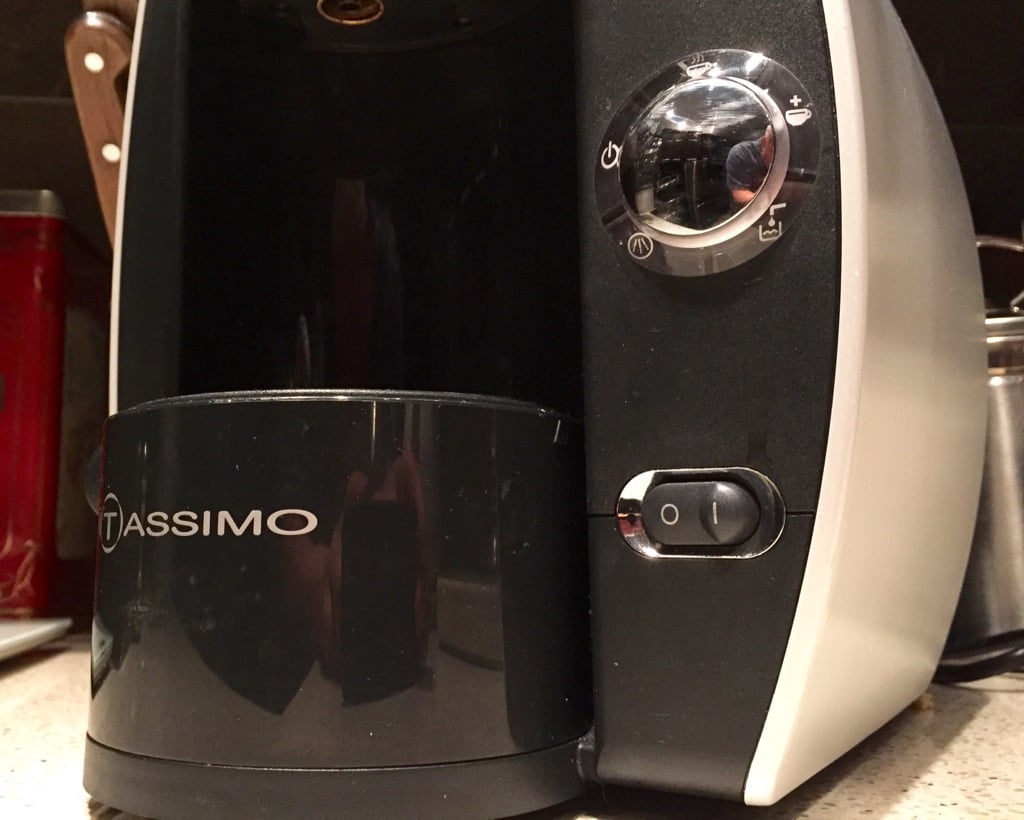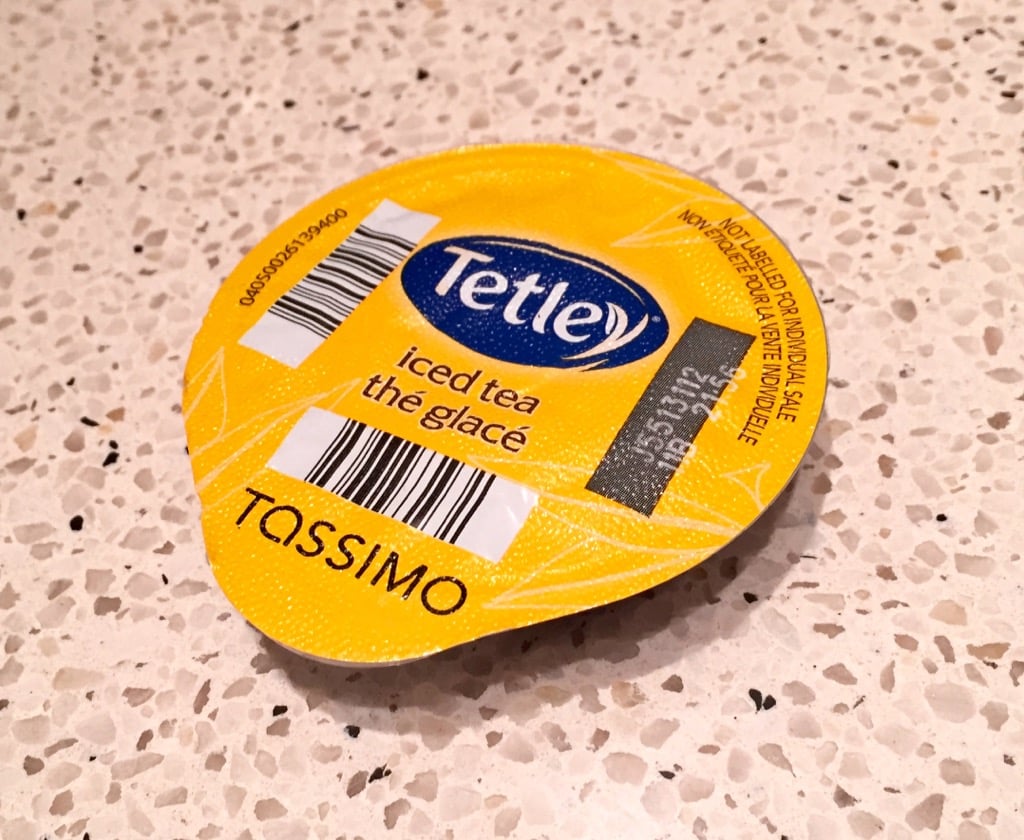Several 3D printer manufacturers are experimenting with different business models, but is there a way to emulate the hot beverage companies?
Keurig and Tassimo developed single-serve beverage products, in which all required ingredients – and preparation instructions – were included in a smart package. Thirsty users need only have one of the basic machines installed in their kitchens, into which they would drop a K-Cup or T-Disc single serve unit. Just pressing the start button ensured the preparation of a perfect single serving.
Here you can see the bar codes on a T-Disc that instruct the beverage machine (in this case a Tassimo) on how to prepare that specific beverage.
It’s apparently a very successful business model, as the two companies continue to expand.
But could this concept be adapted for personal 3D printers?
Imagine purchasing a 3D printer that only accepts a peculiar type of materials cartridge that contains printing instruction as well as a selection of materials required to print a specific object. The user need only drop the cartridge into the printer and press start, just as if they were seeking a cup of hot chocolate.
This is obviously not for everyone, as many current 3D printer owners prefer the freedom to design and create their own things – and avoid the premium price of proprietary materials. But there are many more people who are unable to design 3D models who may resonate with this approach. This could simplify the process of 3D printing for them to the mere push of a button.
The materials cartridges in this approach could be used to produce interesting objects. Consider that a custom plastic filament could be constructed from segments of different colors or even materials and pre-loaded in the cartridge. The sequence of segments could be synchronized so that a relatively complex could be printed without incident.
Manufacturers could produce sets of cartridges to make different kinds of objects and offer them for sale to machine owners, much like is done for K-Cup users. Producing the cartridges could be simplified as they would be identical except for the customized filament and digital instructions.
Sure, this could be a crazy idea. Or maybe not. But at this point we are not aware of any company pursuing this approach.
Maybe someone will try it?



